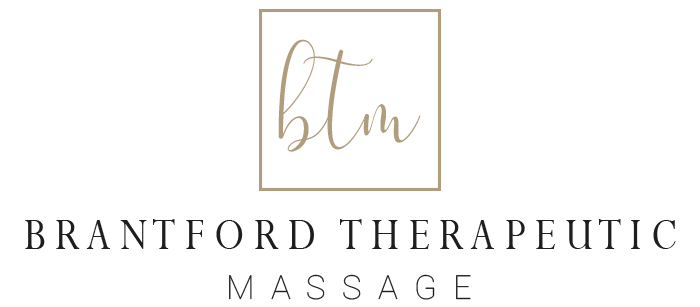Acupuncture
What is Acupuncture?
Acupuncture is intended to bring the body back to balance. Neurofunctional Acupuncture is a contemporary method that targets the nervous system to restore balance to nerves, muscles and joints. It is a stimulation of the peripheral nervous system, central nervous system and supraspinal modulation using acupuncture and electric stimulation for therapeutic purposes. These treatments are performed to induce analgesia in muscles and joints by: stimulating an increase of blood flow, and activation of endogenous pain inhibitory systems. Simply put this treatment has the potential to break the pain pathway and reduce pain associated with irritation of various nerves, correct muscle imbalances/dysfunction, and decrease inflammation of local tissue structures. Neurofunctional Acupuncture is mechanism-based, not disease-based. Therapeutic goals and treatment targets are selected based on the identified neurological dysfunctions contributing to the clinical presentation of the symptoms. Sometimes Contemporary Medical Acupuncture treatments result in transient amelioration or disappearance of the symptoms, and other times results in permanent resolution of the dysfunction, especially when dysregulation of the nervous system was the underlying pathophysiological mechanism. Neurofunctional Acupuncture is a physiological intervention similar to exercise that elicits existing available regulatory mechanisms through the up-regulation and downregulation of specific cellular processes.
During the treatment, a set number of thin acupuncture needles are placed either along the extremity, back, or chest. The goal is to find the correct functional areas in order to reduce pain and or inflammation. A combination of palpation, knowledge of anatomy, and physical exam are used to guide needle placement. The number of needles placed varies from individual and depends on the presentation of the patient and the findings on functional assessment. An electric muscle stimulator is used to verify the correct needle placement. Needle placement is along muscles, bones, joints, nerves, and soft tissue. Following that verification, the needles are connected to an electrical stimulation unit. The electrical stimulation provides a small, comfortable electrical impulse that leads to a much more effective treatment than the acupuncture needles alone.
The occurrence of adverse reactions from the treatment is very low. Risks and potential adverse reactions include: fainting, nausea, aching or a sense of tightness, pain at the site of needle placement, temporary weakness or fatigue in the treated muscles, bleeding/bruising, infection, numbness, weakness, allergic reaction, headache, or nerve injury. Every precaution is taken to ensure your safety during the treatment and to minimize the risk of any potential side effects.
Benefits of Acupuncture
Increase nerve function
Decrease acute and chronic pain
Increase performance in sport activities
Stress management and preventative care
Conditions Acupuncture can Treat
Acute and chronic pain, headache, migraine, stress, sports related injuries, post surgery recovery, digestive conditions and overall healthy well being
The therapists performing acupuncture are Registered Massage Therapist working within the scope of massage therapy. RMTs in Ontario have been granted permission to practice acupuncture under their RMT license. Our RMTs are NOT members of the Ontario College of Acupuncture or Traditional Chinese Medicine, and do not use the protected title of Acupuncturist. All acupuncture treatments will be billed under 'Massage Therapy"
-
30 minutes - $110 (HST included)
-
45 minutes - $125-120 (HST included)
-
60 minutes - $140-125 (HST included)
-
75 minutes - $165-170 (HST included)
-
90 minutes - $190 (HST included)

